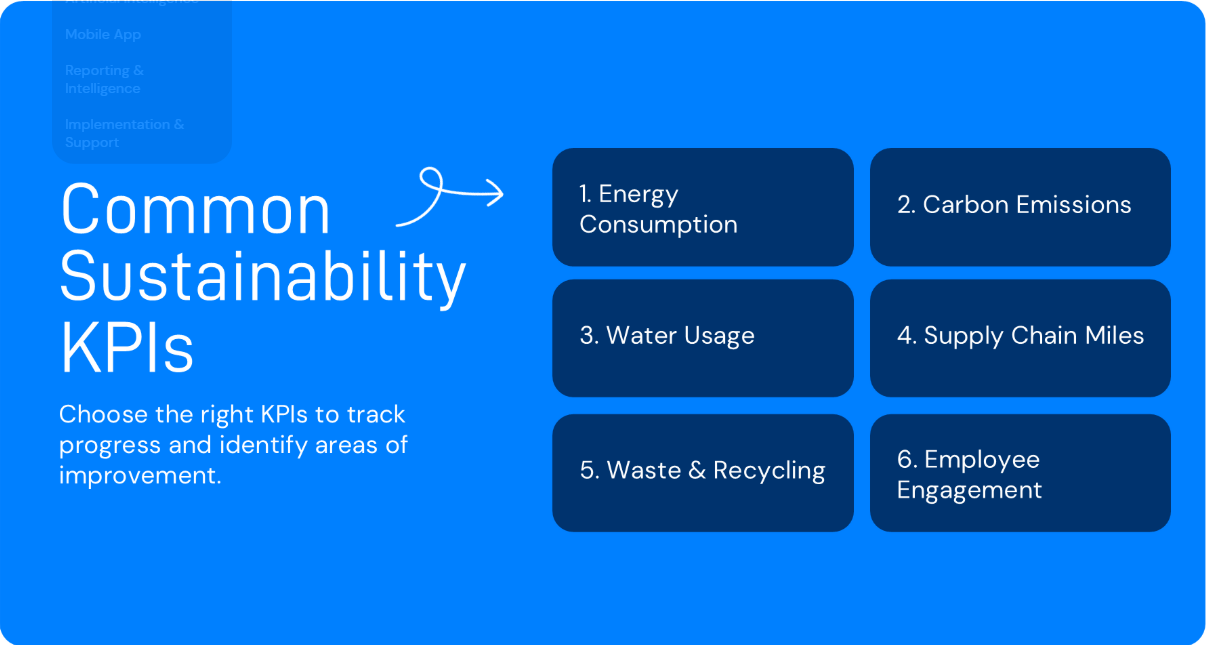Having a strong ESG (environmental, social and governance) strategy in place can help differentiate your organization from competitors as well as contribute to a safer and healthier world. In this article, we’ll explore the essential elements and considerations for creating an effective ESG strategy that not only aligns with global sustainability goals but also sets the foundation for enduring business success.
Understanding the Significance of ESG
The fundamentals of ESG can be broken down into three main pillars:
- Environmental: Focuses on a company’s impact on the environment, including its efforts to reduce carbon emissions, manage waste, use sustainable resources and address other environmental challenges.
- Social: Examines a company’s relationships with its employees, customers, communities and other stakeholders. It includes considerations for diversity and inclusion, labor practices, human rights and community engagement.
- Governance: Centers on the company’s internal governance structures and practices. This involves assessing the quality of leadership, transparency, ethical decision-making and how the company manages issues such as executive compensation and shareholder rights.
These ESG fundamentals have evolved from a checkbox on a sustainability report to a fundamental driver of long-term business viability. Investors, customers and stakeholders increasingly scrutinize companies based on their environmental impact, social initiatives and governance practices. Therefore, a robust ESG strategy is not just about compliance; it’s a strategic approach to building resilience and credibility in a socially conscious market.
How To Build an ESG Strategy
1. Establish Material Objectives
The first step in designing an ESG strategy is setting clear and measurable objectives. These objectives should be material for the business and align with the overall core values. This means identifying your organization’s vulnerabilities to see what unique problems and answers your company brings to the community, as well as evaluating the business to develop a list of the most significant potential economic, environmental and social impacts that would influence stakeholders. Whether it’s reducing carbon emissions, enhancing diversity and inclusion or improving board governance, correctly identifying material topics provides a roadmap for success.
It’s important to note that ESG is not an outcome with one strict deadline, but an ongoing process that should be implemented continuously alongside business progression.
2. Integrate ESG Into Corporate Culture
An effective ESG strategy goes beyond isolated initiatives; it must become ingrained in corporate culture. Employees at all levels must understand and embrace the importance of sustainability. To better integrate EHS into a corporate culture, organizations should take steps to:
- Facilitate regular meetings to encourage dialogue and information sharing
- Invest in training programs providing knowledge about sustainable practices
- Establish sustainability as a core value
- Foster a culture of responsibility where every action is aligned with the company’s ESG objectives
3. Gain Leadership Commitment and Engage Stakeholders
Building a robust ESG strategy requires collaboration with various stakeholders. Engaging with investors, customers, employees and communities helps identify priorities and ensures a well-rounded approach. However, gaining leadership commitment is crucial for driving cultural change and embedding sustainability practices.
To help get leadership on board, explain the many benefits of ESG investment. One of the most compelling is that ESG is becoming a top priority among CEOs. According to The Conference Board’s 2025 C-Suite Outlook, U.S. CEOs rank climate risk and sustainability as the two most critical external ESG factors impacting their businesses. Nearly 90% of the largest U.S. public companies have already set climate targets, reflecting a growing consensus that sustainability is essential for long-term competitiveness.
4. Implement Sustainable Practices
The core of any ESG strategy is the implementation of sustainable practices and actions. This includes promoting social responsibility within the company and the supply chain, adopting environmentally friendly processes and ensuring transparent and ethical governance. Sustainable practices not only mitigate risks but also position the company as a responsible and forward-thinking leader.
Implementing and integrating sustainable practices may require addressing challenges and barriers as efficiently as possible. This could mean reassuring those that are resistant to change so that they can be fully engaged in the sustainability transformative process. Additionally, address the lack of resources that could limit the impact of sustainability programs, such as limited administrative support or lack of budget, and develop an organized system for data capture to make all necessary information available.
5. Regularly Monitor and Report
Continuous improvement is a fundamental principle of a robust ESG strategy. Regularly monitoring and reporting on key performance indicators (KPIs) allows the company to track progress, identify areas for improvement and demonstrate transparency to stakeholders.
KPIs can include greenhouse gas emissions, energy usage, waste amounts, carbon emissions, staff turnover, charity connections and diversity levels. If you have trouble identifying organizational KPIs, it is often easiest to begin with the six common KPIs below.

This ongoing assessment ensures that the ESG strategy remains dynamic and responsive to changing circumstances. An informed organization is far better armed at moving quickly and addressing unexpected problems and shifts.
6. Navigate Regulatory Landscape
As governments and private industries worldwide increase their focus on sustainability, staying ahead of evolving regulations is crucial. A robust ESG strategy anticipates and addresses regulatory changes, positioning the company to not only comply with current standards but also adapt proactively to future requirements. To prepare for emerging regulations, commit to subscribing to a platform that will provide policy monitoring or consult with advisors.
Another way to future-proof your sustainability strategy is to invest in valuable tools that simplify and build trust in your ESG programs. ESG and sustainability software can help streamline compliance and data management with automated workflows, digitized processes and reminder/escalation notifications that help you stay head of emerging reporting changes.
If you want to find out more about how Evotix can support your ESG strategy, talk to one of our experts today!
This article was originally published by Evotix – Catryna Jackson
